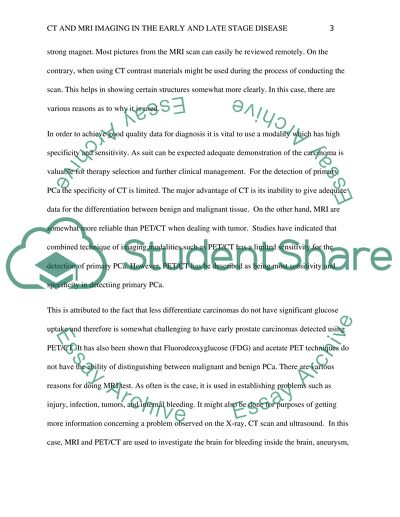Cite this document
(“MRI AND PET/CT imaging in the Early and late Stage Disease Essay”, n.d.)
MRI AND PET/CT imaging in the Early and late Stage Disease Essay. Retrieved from https://studentshare.org/health-sciences-medicine/1473923-with-reference-to-either-prostate-or-colorectal
MRI AND PET/CT imaging in the Early and late Stage Disease Essay. Retrieved from https://studentshare.org/health-sciences-medicine/1473923-with-reference-to-either-prostate-or-colorectal
(MRI AND PET/CT Imaging in the Early and Late Stage Disease Essay)
MRI AND PET/CT Imaging in the Early and Late Stage Disease Essay. https://studentshare.org/health-sciences-medicine/1473923-with-reference-to-either-prostate-or-colorectal.
MRI AND PET/CT Imaging in the Early and Late Stage Disease Essay. https://studentshare.org/health-sciences-medicine/1473923-with-reference-to-either-prostate-or-colorectal.
“MRI AND PET/CT Imaging in the Early and Late Stage Disease Essay”, n.d. https://studentshare.org/health-sciences-medicine/1473923-with-reference-to-either-prostate-or-colorectal.


